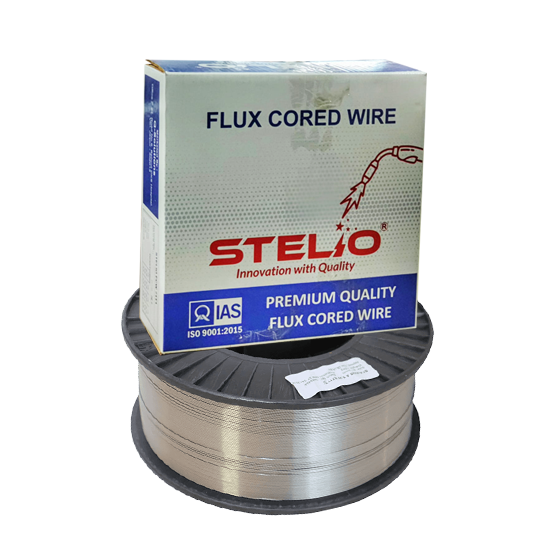Hardfacing is the deposition of thick coatings of hard, wear-resistant materials on a worn or new component surface that is subject to wear in service. Thermal spraying, spray-fuse and welding processes are generally used to apply the hardfacing layer. Thermal spraying is preferred for applications requiring minimal thermal distortion of the component and good process control. Typical hardfacing materials deposited by thermal spraying include cermets such as WC-Co and alumina-based ceramics. These coatings are applied to a thickness of about 0.3mm. Spray-fuse coatings, also referred to as self-fluxing overlay coatings, are first applied to the component surface using a flame spraying process and then subsequently fused using an oxyacetylene torch or an RF induction coil. The fused coating wets the substrate surface to produce a coating that is metallurgically bonded to the substrate and is free of porosity. There are various alloy types used with the spray-fuse process, the most important are based on the Ni-Cr-B-Si-C alloy system. Depending on composition they melt in the range of 980 to 1200°C.
Stellar Blue Technologie
Hard Facing Arc Welding

The Application of Hardfacing To New Parts
The thermal spray process can be used to refurbish a surface that is worn-down on used parts. But to increase wear resistance of new parts, during their production, hardfacing is applied. Arc welding applied versions are used to extend an industrial component’s life and is a surfacing operation. It can be part of a maintenance program or used preemptively on new components. The result is significant savings in production costs and lessened machine downtime. This is the main reason that the process of hardfacing has become so popular in so many industries. Industries can include sugarcane and food, power, petrochemical, mining, cement, and steel, just to name a few.
Advantages
- Hardfacing minimizes oxidation and distortion, resists chipping upon impact, and is extremely hard. It enables easy edge surfacing, is corrosion resistant, and provides a metallurgical bond of protective surfacing to substrates.
- The feedback of the service performance and the component service conditions are used to determine the optimal an alloy selection. For every phenomenon involving wear, in each and every industry imaginable, there is an appropriate welding electrode that will offer maximum resistance to wear and erosion. The process used to protect parts and machinery today were unimaginable decades ago. One can only speculate as to the future of parts, machinery, and product protection.
